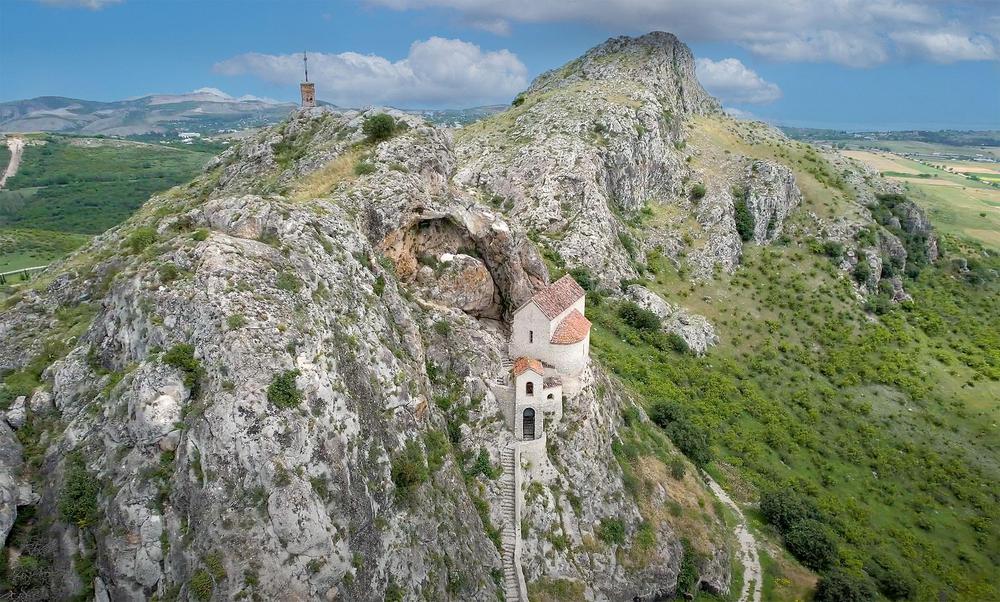The Shirvanshahs' Palace, a 15th-century architectural marvel, stands proudly in the heart of Baku's Inner City. This UNESCO World Heritage site, together with the Maiden Tower, forms a historic ensemble that showcases the cultural continuity of Zoroastrian, Sasanian, Arabic, Persian, Shirvani, Ottoman, and Russian influences.
Constructed during a time of political and social stability, the palace served as the residence for the Shirvan governors. The palace complex comprises nine buildings, including the main palace, Divankhane (Court-House), Dervish's Mausoleum, Eastern Gate (Portal), Palace Mosque, Key-Qubad Mosque, Palace Burial-Vault, Hamam (bath-house), and an ovdan (storage lake).
Built on rugged terrain, the complex occupies three courtyards with buildings rising above one another. Despite the absence of a single architectural plan, the structures harmoniously blend, creating a unified ensemble. The local limestone, known as "badamdam," was used in the construction of all buildings, lending a distinct charm to the complex.
Over the years, the Shirvanshahs' Palace changed hands multiple times due to wars between Iran and Turkey, with both nations leaving their mark on the fortress. In 1723, the north-east facade of the Palace Mosque was damaged during an attack by Peter I's troops. After Azerbaijan was annexed by Russia in 1828, the palace was converted into a headquarters, causing significant damage to its original structure.
Efforts to preserve the palace began in 1918 with the Azerbaijan People's Republic decree, followed by restoration works in 1932. In 1964, the palace complex was declared a museum-preserve and taken under state protection. Today, the Shirvanshahs' Palace stands as a testament to Azerbaijan's rich history and architectural prowess, drawing visitors from around the world to marvel at its beauty and significance.













